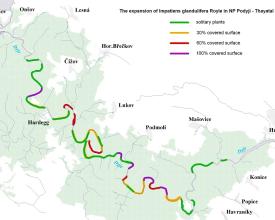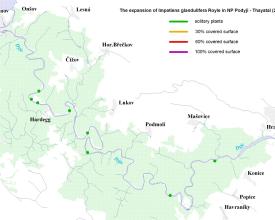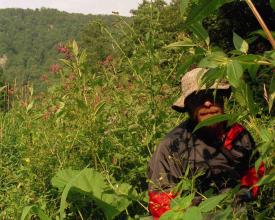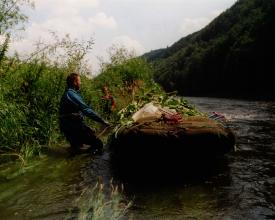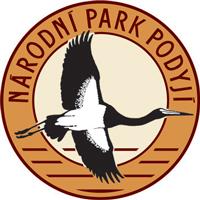
Transboundary cooperation for the removal of an invasive river plant
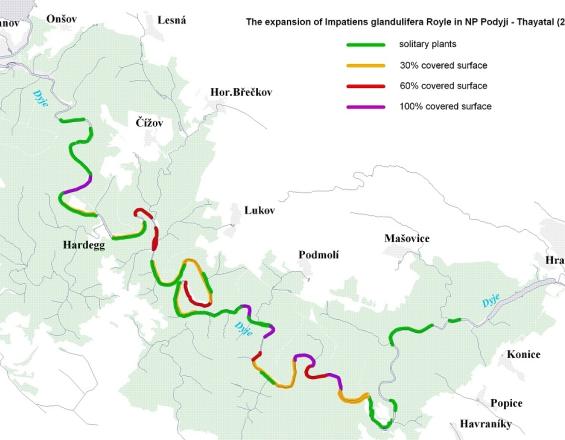
Eradication of the neophyte Himalayan Balsam (Impatiens glandulifera) was a successful joint project of two bordering national parks Thayatal (AT) and Podyjí (CZ) that led to a significant decrease of Himalayan balsam plants in the river valley and return of native plants. The most important success factors were the common approach to river valley management, access to both river banks by Czech staff, change in management of river valley meadows, and ongoing joint monitoring in the river valley.
Context
Challenges addressed
Location
Process
Summary of the process
Building Blocks
Invasive plant monitoring
Enabling factors
Lesson learned
Transboundary protected areas staff communication
Enabling factors
Lesson learned
Joint transboundary removal of an invasive plant
Enabling factors
Lesson learned
Coordinating meadow management with local landowners
Enabling factors
Lesson learned
Impacts
The joint invasive-species monitoring and eradication project of the two parks was a great success. The Himalayan balsam has disappeared from both national parks with the exception of a few single stocks. That way, problematic impacts on the Thaya River’s ecosystem due to the rapid spreading of the neophyte were prevented. Targeted removal of Himalayan balsam started in 1995 on the Czech side and in 2001 on the Austrian side following establishment of Thayatal National Park in 2000. The population of Himalayan balsam then decreased rapidly. The surprising positive effect was enhanced by big floods in 2002, which also prevented Himalayan balsam from massive spreading. Since that time, the plant has practically disappeared from the river valley. The joint monitoring and removal of Himalayan balsam and other invasive neophytes in the river valley along with mowing of river meadows by local landowners occurs every year. These annual measures are still necessary to control the Himalayan balsam in the valley The experience of a successful cooperation through joint invasive-species eradication and monitoring efforts provided added value that encourages and facilitates future transboundary collaboration.
